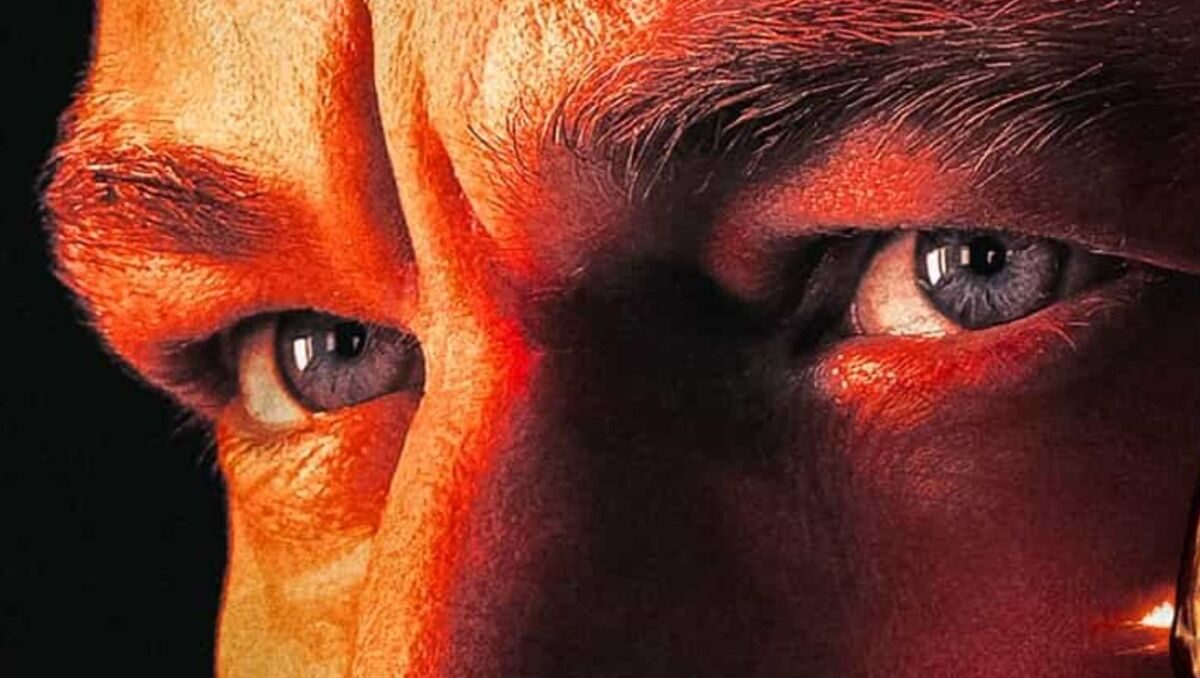Killers of the Flower Moon, the new masterwork from filmmaker Martin Scorsese, can be described in a lot of ways. It’s a riveting, epic work that makes full use of two of Scorsese’s most vital talents. It’s a three-hour-twenty-seven-minute work of staggering and singular cinematic beauty, based on David Grann’s nonfiction book about the ruthless murders and looting perpetrated against Osage Nation members who maintained (conditional) oil headrights as the 1910s ended. You can also say that it represents everything Scorsese has ever learned or absorbed as one of the most talented, complex, and passionate filmmakers in the history of the medium.
The flipside of that technical mastery, including cinematography from Rodrigo Prieto (Barbie, Wolf of Wall Street) and editing by the peerless Thelma Schoonmaker, is that it’s being used to tell one of the most horrific American stories in film history. This is a largely accurate depiction of American ambition expressed as a series of bottomlessly cruel foregone conclusions.
Killers of the Flower Moon balances these atrocities with many things, but most notably a relationship that evolves into an unfathomably dark romance between Ernest (Leonardo DiCaprio), the nephew of a ruthless, duplicitous rancher (Robert De Niro), and an Osage woman named Mollie (Lily Gladstone). Mollie and Ernest’s relationship is where the film gets some of its most harrowing and compelling dramatic scenes, but there’s also scenes in which the chemistry between DiCaprio and Gladstone allows for other sorts of moments to be shared between them.
A lot of scenes in Killers of the Flower Moon are likely to leave you lost in thought. There’s romance, moments of humor, and characters who light up the screen on the strength of their personalities, and the charisma of actors such as Jesse Piemons, Tantoo Cardinal, and in particular the electrifying Cara Jade Myers as Mollie’s powerful, dangerous sister Anna.
We have a depiction of the American West that’s as visually captivating as it is frank in its stark bleakness. We also have the early days of the FBI, who finally bring the weight of government attention to an investigation of the many murders and “strange” Osage Nation deaths that occur. These are fully-realized elements of the story, peppered with further details that add to the weight of the movie’s grim conclusion. This includes modes of entertainment and technology that dominated in this time and beyond, with characters watching silent films and driving some of the earliest examples of popular cars.
The end of Killers of the Flower Moon itself and the lives of these people are expressed as the performance of a 1940s radio drama. The moment wraps a charming recreation around the endless, tragic understanding that evil is a fundamental piece of the American story. Villains get rich and die of old age in nursing homes. People who are scarcely allowed to even exist are forced into heroic roles defined by struggles they should not be made to experience. Lily Gladstone’s Oscar-worthy (she’s going to be the one to beat, guys) performance makes that last consideration abundantly clear.
Killers of the Flower Moon revels in its technical details and style, but it never, ever lets you forget these facts and this reality.
READ NEXT: Make the Case 100: The 15 Best Coen Brothers Movies
Some of the coverage you find on Cultured Vultures contains affiliate links, which provide us with small commissions based on purchases made from visiting our site.


